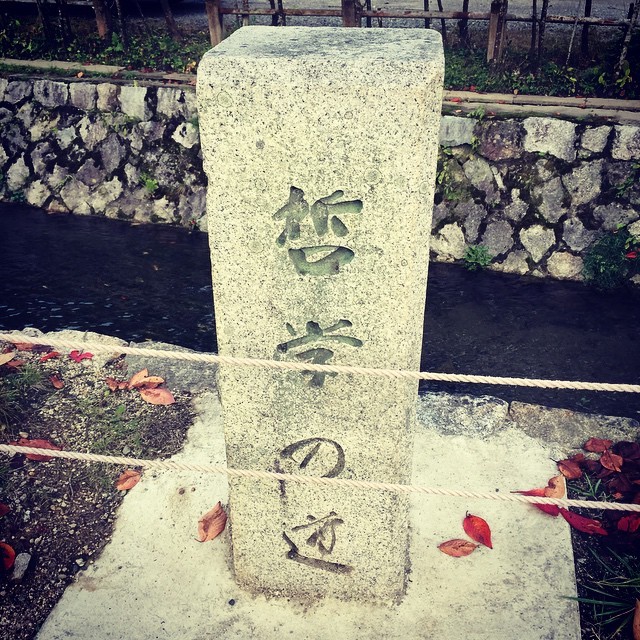Okay, so I’ve been messing around with this “go like hell” idea, and let me tell you, it’s been a wild ride. I started with absolutely zero clue, just a vague notion of wanting to make something in Go that was, well, fast. Seriously fast.

The Brainstorming (and Head-Scratching) Phase
First, I spent a good chunk of time just staring at my screen. What to build? What to build? I considered a bunch of dumb ideas, like a super-fast file copier or maybe a lightning-quick text analyzer. Nothing really clicked.
The “Aha!” Moment
Then, it hit me. I’m always complaining about how long it takes to process images. So, why not build a simple image processor? Something that takes an image, does some basic manipulation (like resizing or converting to grayscale), and spits it out super quick.
Diving into the Code (and the Documentation)
So, I fired up my text editor and started hacking away. I knew the basics of Go, but image processing? That was new territory. I spent hours reading through the documentation for Go’s image libraries. It’s, uh, not the most beginner-friendly stuff, let me tell you.
- I used `image/jpeg` to decode a sample.
- I used `image` to get its width and height.
- I used `image/draw` to resize it.
- I used `image/png` to save a png image.
The First (Embarrassing) Attempts
My first few attempts were… rough. I mean, really rough. I kept running into weird errors, the images looked all messed up, and the speed? Not exactly “hellish.” It was more like “go like a slightly inconvenienced snail.”
The Turning Point (aka, Actually Getting Somewhere)
But I kept at it. I started breaking down the problem into smaller chunks. First, just get the image loading and displaying correctly. Then, figure out how to resize it without making it look like a Picasso painting gone wrong. Finally, focus on optimizing the whole process.

The “Go Like Hell” Part
And that’s where things got interesting. I started experimenting with Go’s concurrency features. I used goroutines to process different parts of the image in parallel. I played around with different resizing algorithms. I even dug into some lower-level image manipulation stuff that I barely understood.
The Results (Finally!)
And you know what? It worked! I mean, it wasn’t perfect, but it was fast. Way faster than my initial attempts. I could throw a bunch of images at it, and it would churn through them like a hot knife through butter. I actually felt a little bit like a coding god (for a brief, fleeting moment).
The last thing I did was to convert a sample jpeg to * worked!
So, that’s my “go like hell” story. It was a messy, frustrating, and ultimately rewarding experience. I learned a ton, and I ended up with something that actually worked pretty darn well. Would I do it again? Absolutely. But maybe next time, I’ll pick a slightly less ambitious project…
